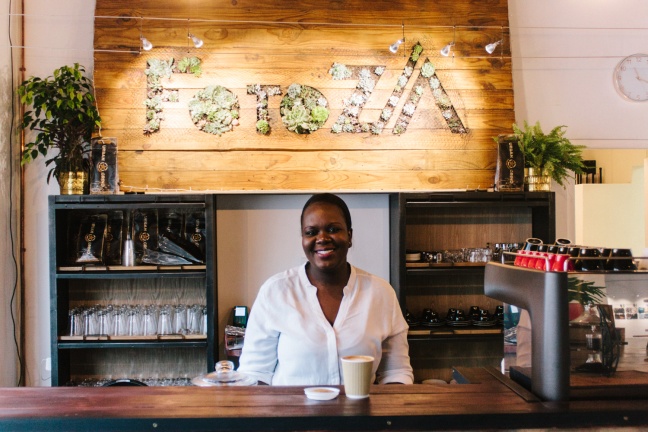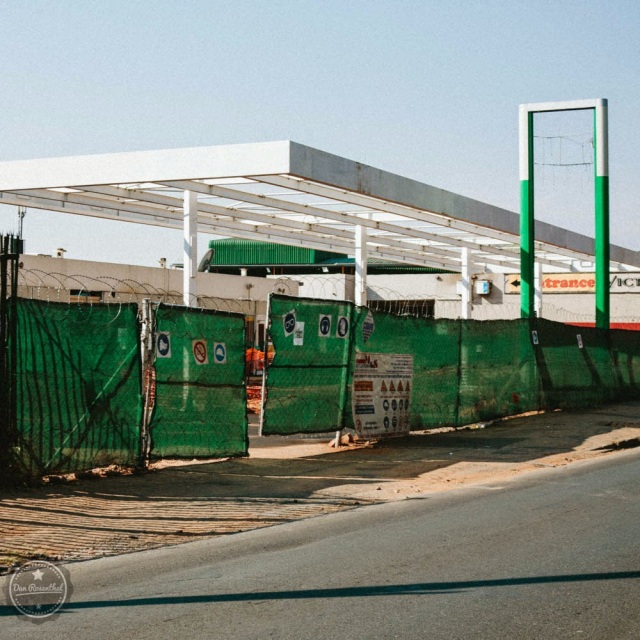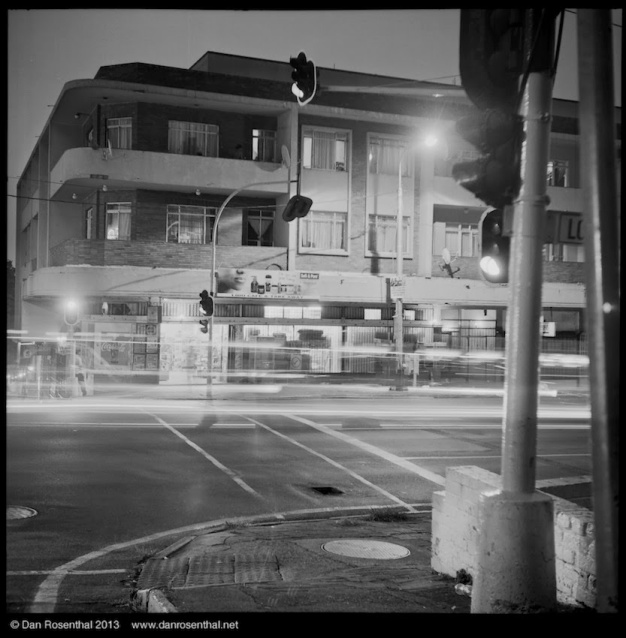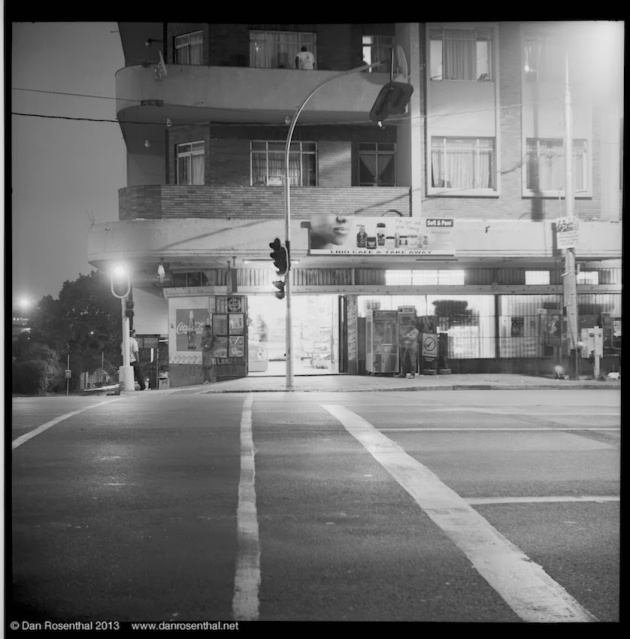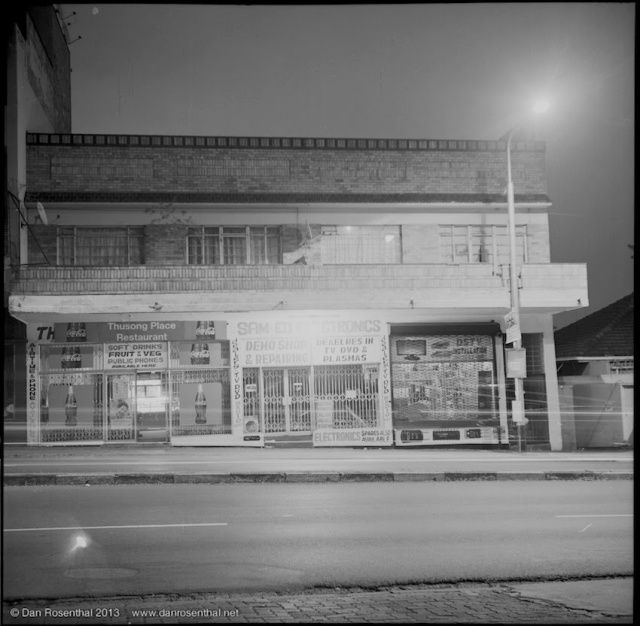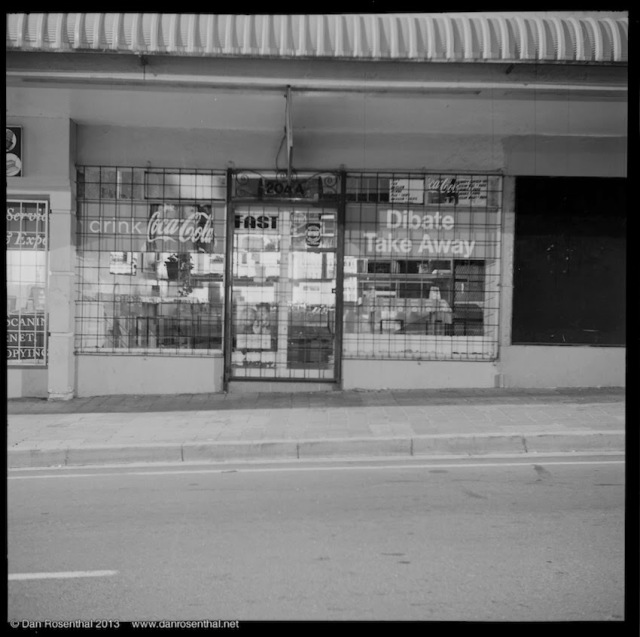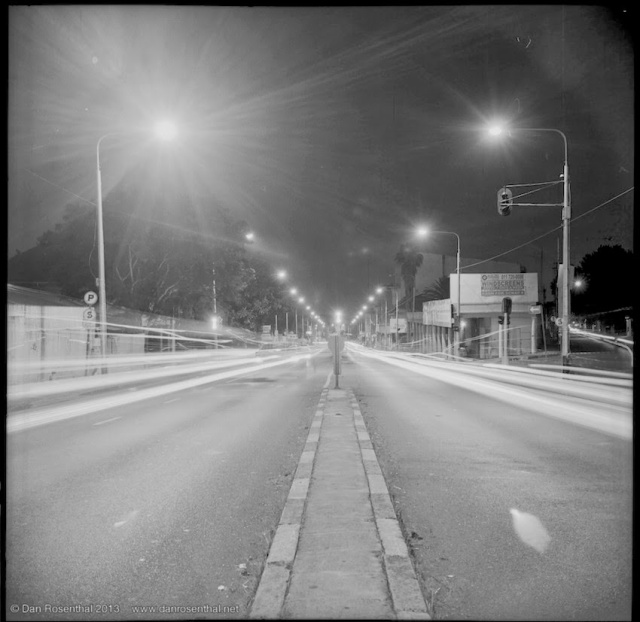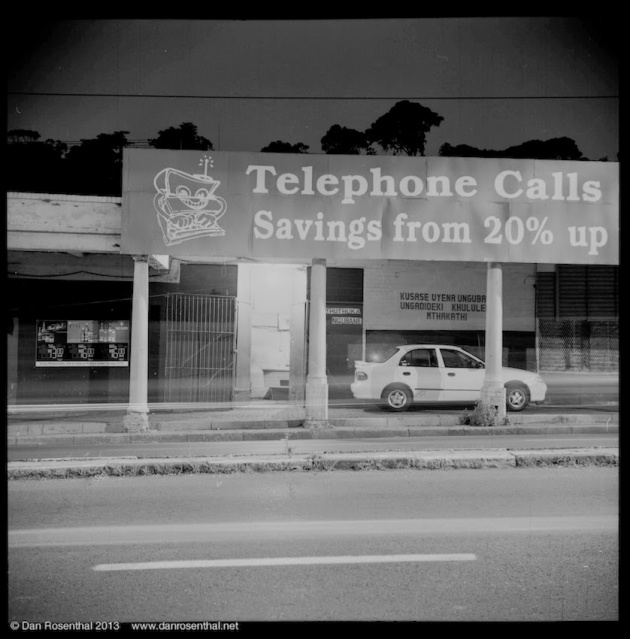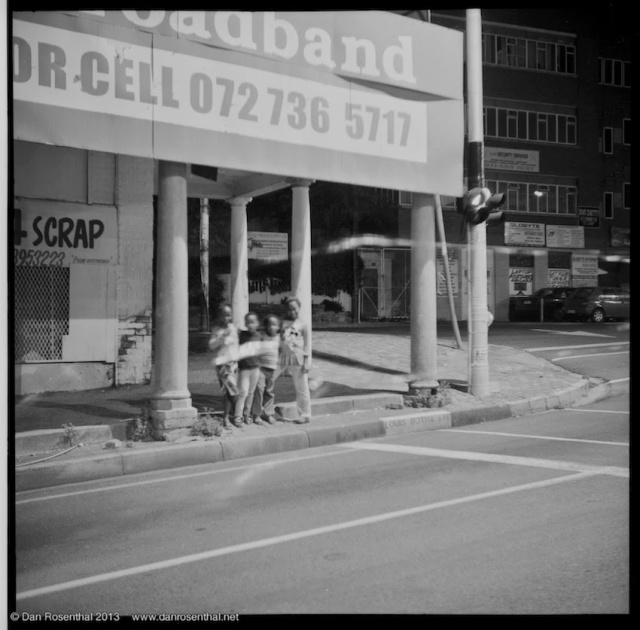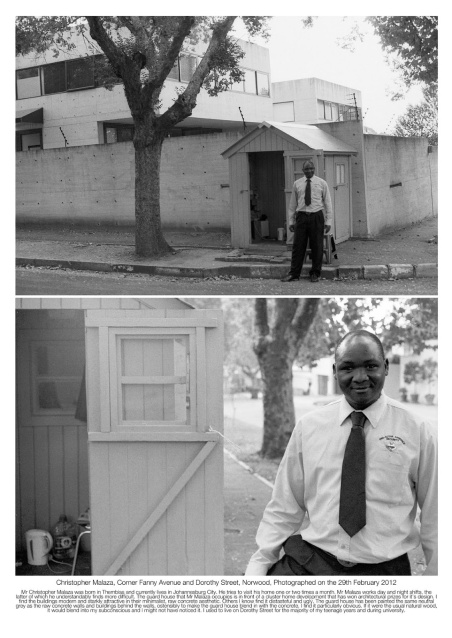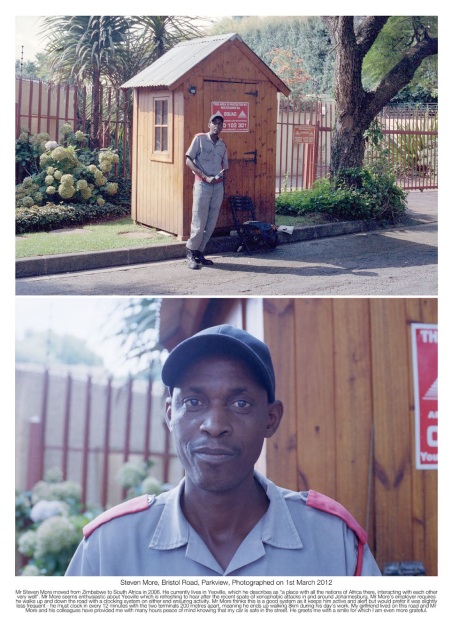The Millennials exhibition is currently running till the end of June at FotoZA, a new gallery space in the top floor of the Mall of Rosebank, Johannesburg. The gallery is an extension of Kameraz photography shop, which is on the lower level of the mall. If you don’t know of the shop, Kameraz is my personal favourite camera shop in Joburg with a wonderful rolling stock of used gear digital and film at great prices. Recommended.
Millennials is a show meant to showcase the work of ‘the new generation’, my phrase not theirs. It is a collection of 4 works per entrant with their Instagram vital statistics displayed next to their name above their. The cynic in me wants to point out how those statistics are really actually vital to these Millennials. (Oh and I’m a millennial too I guess, so take it with some irony…) Likes, shares, faves, follows – it’s all that matters to some. I hate that and it’s a big problem with social media. But these are for another, longer, rantier post. But briefly lets say that when Instagram started it was about sharing images and your life through the cool iPhone devices changing the landscape of photography. Then it became a bit more of a portfolio showcase for photographers who figured out how to use their real cameras and make their feeds look a whole lot juicier. Now, however, it is a place that is just overwhelmed by people showing off in endlessly repeating video loops and other craptastic forms of making content just to be there and fill space and steal someone on the other side of the planet’s precious mindshare. It is now just like Facebook and Twitter and every other social media site there is and will be that gets big enough to appeal to the masses, be capitalisable by industry and just another place for people to make more noise than signal in their endless watery attempts to gain a foothold long enough to milk 15 minutes of fame and become, literally my worst thing in the world, an influencer. Vomit. Anyway..
Back to the exhibition. What I thought was most interesting was whether the entrants were able to create a good combination of works with the very limited space of just 4 pieces: how well did each complement the others and did they tell a story (however short), was there an overall aesthetic or style visible from the selection, or were these just 4 of their faves? You see, more and more, I believe that curation is become a new, much needed talent. We are inundated with content and we are able to create more content than we know what to do with. Can these young artists and new breed of photographers – as the exhibition wants us to view them – look at their own work critically and put together a powerful statement, even if it is very brief?
There are a few that I thought succeeded in this. Here they are.

A lovely study of a local mosque by Nkgopoleng Moloi. The tones and washed-out colours create a lovely, tranquil, if perhaps ominous, mood.

Kodachrome-esqe colour, bold compositions and a nice balance between the 4 images makes Sihpo Biyam’s collection very eye-catching. Also, apparently, Sipho owns the Sphinx…

Nicely balanced images and gentle colours hold together well with Armani Quintas’ work, which is like a small story about a girl. We are left wondering who she is. Also, just look at those bokeh balls!
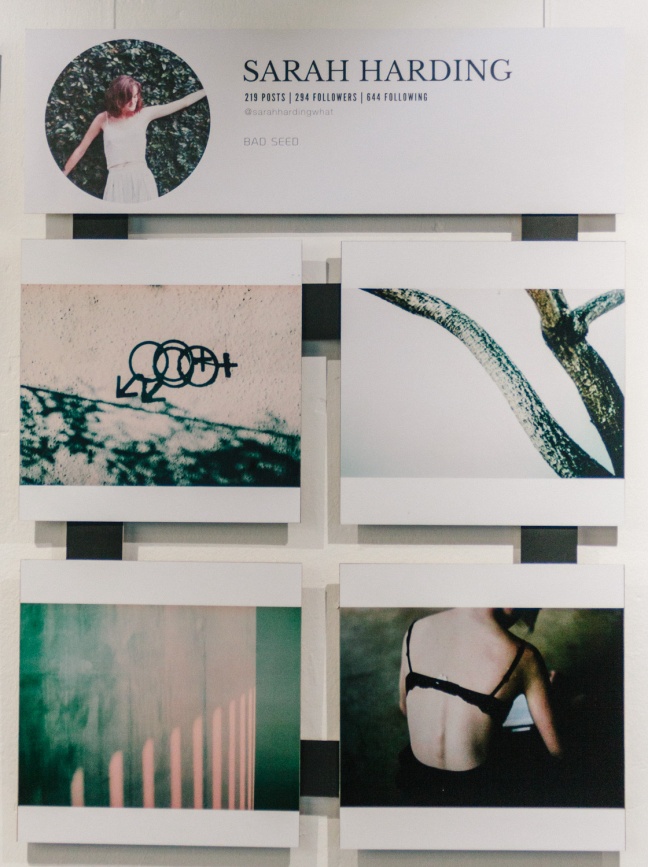
There’s something whimsical about Sarah Harding’s 4 images. They are like a cryptic diary entry. We know almost enough to walk away and then we stop, wnting to know more but just can’t…

Fantastic use of double exposure. Jennifer Wang has skill in combining not just the images that make these double exposures work, but also in putting them together with one another. A playful and joyous group of images.
______
Overall, a pleasant show, with some really nice images.
Also the coffee is great and the space is ideal to get some work done. Thanks Thandi for the excellent cappuccino.
